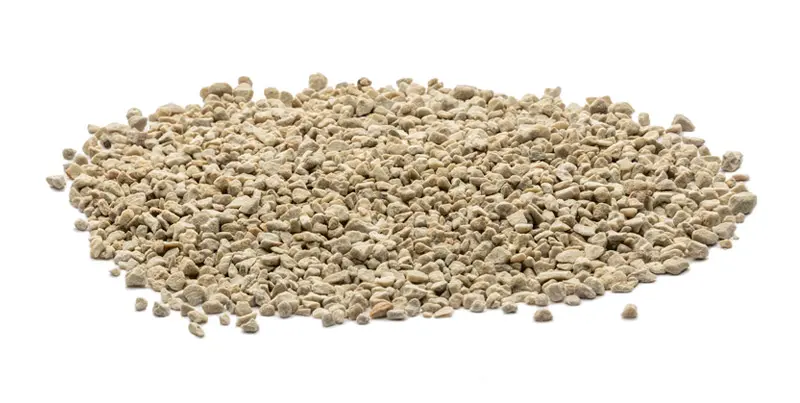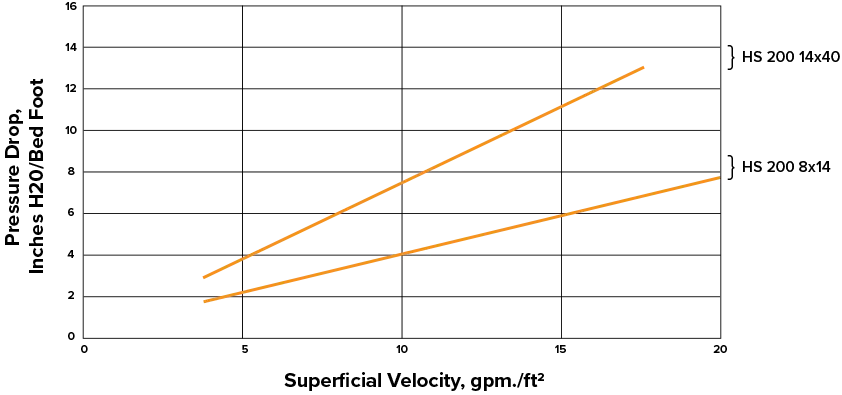Liquid Phase, Pure Organoclay

Hydrosil’s HS-200 is designed to remove oil, heavy metals, and similar organics from water. The HS-200 is manufactured using a safe and naturally occurring element—zeolite. The material is non-hazardous and non-toxic.
The HS-200 series can remove 70% plus of its own weight in hydrocarbons; Therefore, its’ life inside a still bed is much longer than that of other filtration media such as granular activated carbon. The HS-200 series:
- Does not swell upon water exposure;
- Has more active ingredients per cubic foot than other organoclays;
- Is cost effective and environmentally sound technology;
- Does not support biological growth;
- Can be custom blended; and
- Prolongs life of activated carbon and resins thereby reducing costs and increasing efficiency.
Industries that use the HS-200 vary from environmental service companies to wastewater treatment facilities. The HS-200 is commonly used in oil water separators, frac tanks, pump and treat systems, condensate systems, stormwater run-offs, excavation and de-watering projects.
What is Organoclay?
Organoclay, also known as HS-200, is a sorbent media which is designed to remove organic components. The media is a naturally occurring mineral (commonly zeolite or bentonite clay) which is chemically alternated to create a unique surface on the mineral.
Additives such as cationic surfactants are added to the mineral to modify the surface. By modifying the surface, we create a strong affinity with organic compounds, meaning the media is organophilic. The surface of the media forms a surfactant bilayer which attracts ionic species. Ionic species are components that in solution are grouped as either anionic (anions) or cationic (cations). Anions have a negative charge and cations have a positive charge.
The HS-200 has a high cation exchange capacity (CEC). The most common cations include ammonia, sodium, calcium, potassium, and magnesium, many of which are desirable in numerous biological and industrial processes.
Related Applications, Articles, and Case Studies
-
- Crude Oil Spill
- Condensate Oily Water Separator
- RO Membrane Protection
- Gulf Oil Spill Disaster
- Contaminated Stormwater Runoff
- Economical Remediation for Manufacturing Facility
- Discharge Limit Challenges for Small Business
- Combatting Heavy Metals in Wastewater
- Meeting New York’s Stringent Water Regulations
- Economical Remediation Solution for Manufacturing Facility
HS200 Media Pressure Drop

HS200 TYPICAL PHYSICAL PROPERTIES
| Property: | Value: |
| pH stable range | 4-10 |
| Apparent Density, lb/ft 3 | 57-59 |
| U.S. Standard Sieve Size (Mesh Size) | 8x14, 14x40 |
| Thermally Stable, °F | 33-170 |
| Mohs Scale | 4.0 |
| Specific Surface, ft 2 /g | 431 |
Common Applications:
- Heavy Metals
- BTEX
- Fats/Oils/Greases (FOG)
- Total Petroleum Hydrocarbons (TPH)
- BOD
- COD
- Various Hydrocarbons